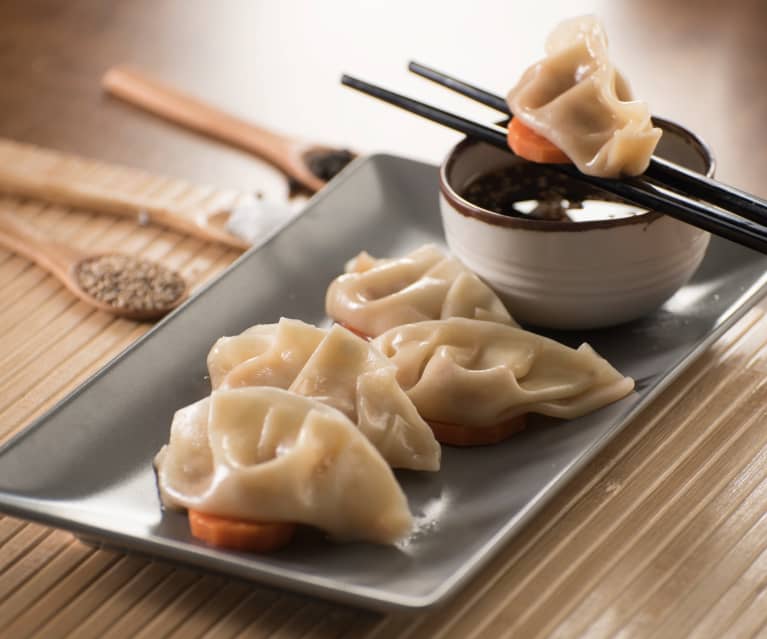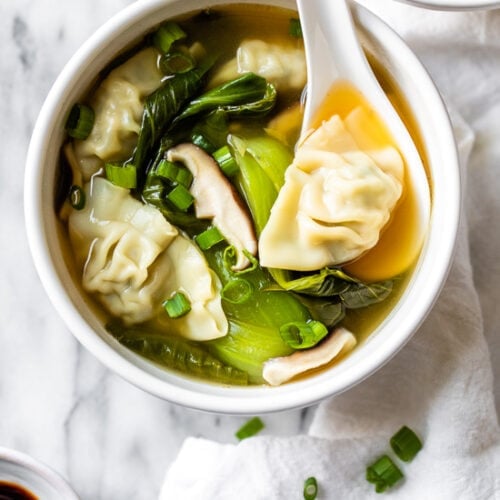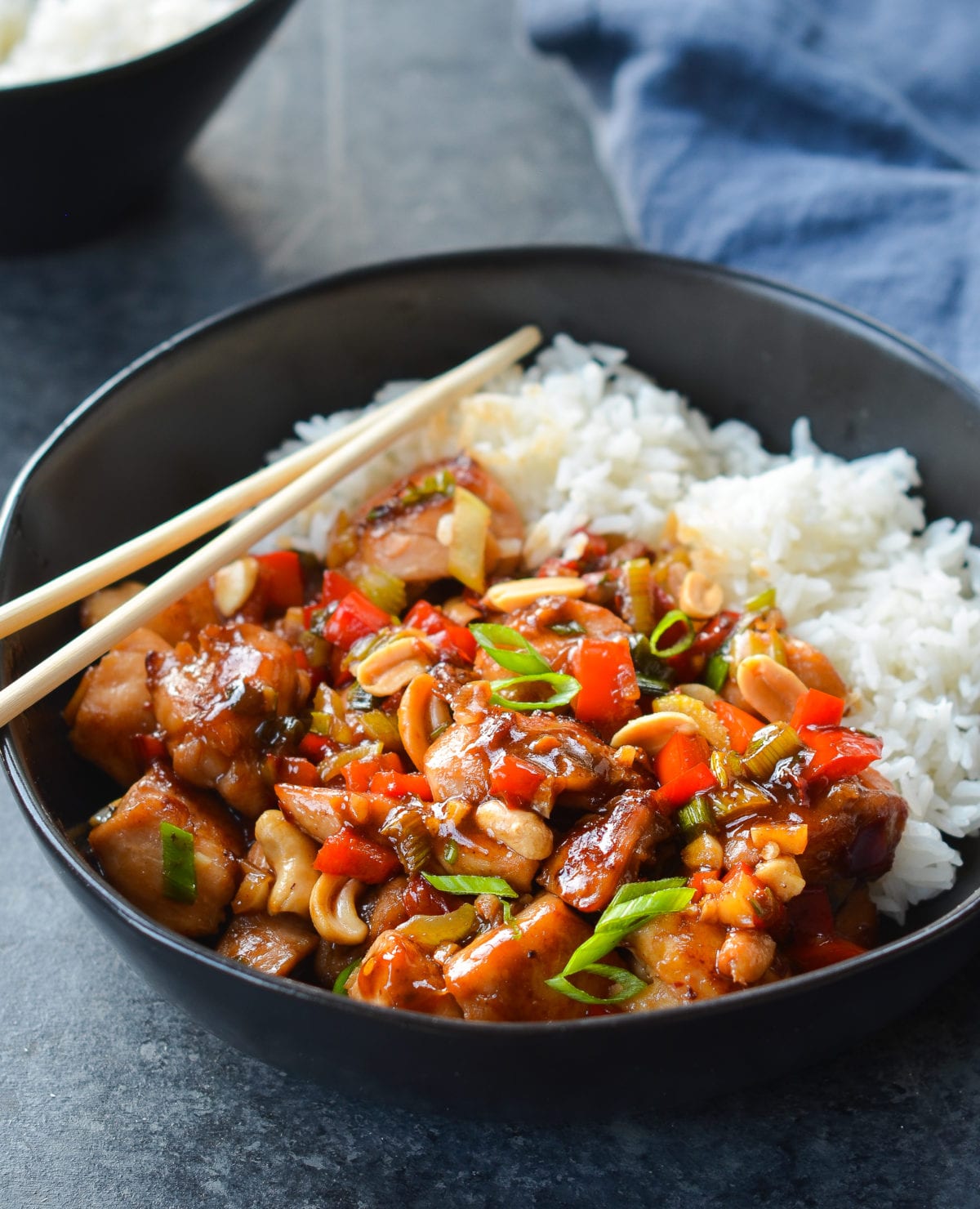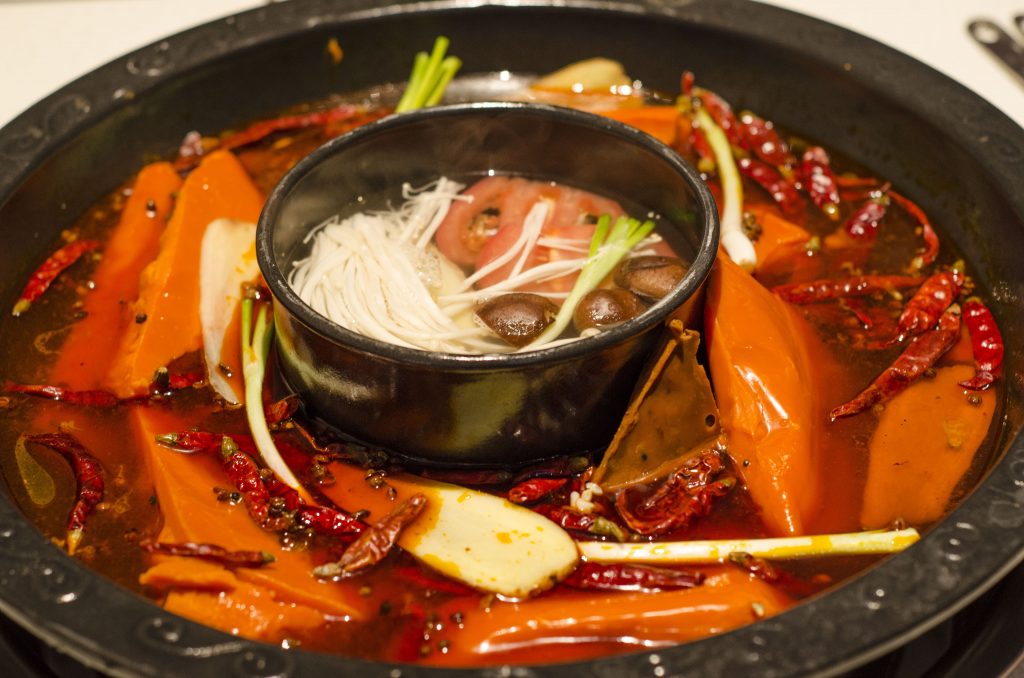Monday
Dish by: Miguel Efrain
Dumplings

Origin
According to the legend during, the Eastern Han Dynasty, there lived a famous physician of Traditional Chinese Medicine, named Zhang Zhongjing, who introduced dumplings. 1,800 years back. He cooked lamb, black peppers and a few medicinal herbs, shredded them and wrapped it in the scrape of dough skin. He shaped them like ears and boiled them. He created this so he could cure the frostbite and the febrile disease, that started to become an epidemic. These two diseases were big problem in that time. Since then, most people begin imitating Zhang’s recipe with additional ingredients like vegetables and other kinds of meat to celebrate Chinese New Year.
Preparation
the Chinese dumpling is made in different ways with different methods of cooking. Dumplings are even pan-fried which gives the texture a different appearance and taste
Ingredients :
- ½ lbs minced meat, of your choice (lamb, beef, pork, chicken, shrimp)
- Spring onions
- Garlic chives
- Chinese cabbage
- Black pepper
- Dough, for the wrapper
- Bell pepper (red, green and yellow)
- Siracha sauce
- Chilli powder
- Salt
- Soy sauce
The ingredients are first ground or chopped very finely, depending on the maker’s choice. You then wrap them in a thin wrapper made of dough. The dough skin can be thin or thicker. While boiling is the prevalent method, steaming is a simpler and time–saving way of cooking the dumplings. They are placed on a steamer or on a utensil over boiling water, ahe dumplings were cooked within minutes and served with a sauce made of vinegar and chilli oil or a paste along with soy sauce.
In my life I havent had that many chances to try dumplings but the few times that I ate them were really tasty, not only the texture of the surface but also the taste of the inside is quite unique an d if you ask i would totally recommend you to give them a try.

Origin
In the past, there was an old saying that "Dong Zhi wonton Xia Zhi noodle". In the Han Dynasty, Xiongnu from the northern part of China made harassment's from time to time, and people can't live in peace. At that time, the fierce leaders in Xiongnu had the last name of "hun" and "tun". People hated them so much, so that they used the sound of "hun" and "tun", put the fillings into dough wrapper and called it "hun tun". And people ate them, hoping to live in a peaceful life. Due to people made the first wonton on Dong Zhi, from that on, people begin to eat wontons on Dong Zhi generations by generations.
Preparation and ingredients
Wontons are made by spreading a square wrapper (a dough skin made of flour, egg, water, and salt) flat in the palm of one's hand, placing a small amount of filling in the center, and sealing the wonton into the desired shape by compressing the wrapper's edges together with the fingers, typically by dipping a fingertip into water and running it across the dry dough to dissolve the extra flour. As part of the sealing process, air is pressed out of the interior to avoid rupturing the wonton from internal pressure when cooked.
Filling
The most common filling is ground pork and shrimp with a small amount of flour added as a binder. The mixture is seasoned with salt, spices, and sometimes with some garlic or finely chopped green onion.
Shapes and cooking methods
Wontons are commonly boiled and served in soup or sometimes deep-fried. There are several common regional variations of shape.
The most versatile shape is a simple right triangle, made by folding the square wrapper in half by pulling together two diagonally opposite corners. Its flat profile allows it to be pan-fried like a guotie (pot sticker) in addition to being boiled or deep-fried.
A more globular wonton can be formed by folding all four corners together, resulting in a shape reminiscent of a stereotypical hobo's bindle made by tying all four corners of a cloth together.
Cuisine
Each region of China has its own variations of wonton, examples include Beijing, Sichuan, Hubei, Jiangnan, Jiangxi, Guangdong (Canton), Fujian, etc.
Wednesday

Origin
Kung Pao chicken is a spicy, stir-fried Chinese dish made with cubes of chicken, peanuts, vegetables (traditionally Welsh onion only), and chili peppers. The classic dish in Sichuan cuisine originated in the Sichuan Province of south-western China and includes Sichuan peppercorns. Although the dish is found throughout China, there are regional variations that are typically less spicy than the Sichuan serving. Kung Pao chicken is also a staple of Westernized Chinese cuisine.
The original Sichuan version uses chicken as its primary ingredient. In this original version, diced chicken is typically mixed with a prepared marinade Shaoxing wine is used to enhance flavor in the marinade. The wok is seasoned and then chili peppers and Sichuan peppercorns are flash-fried to add fragrance to the oil. In Sichuan, or when preparing Sichuan-style Kung Pao chicken, only Sichuan-style chili peppers such as facing heaven pepper or seven stars pepper are used. Smaller, thinner Sichuanese varieties may also be used Sichuan peppercorns are then added; while Kung Pao chicken does not belong to the numbing-spicy "mala" flavor.
Preparation and ingredients
A small amount of fresh toasted peppercorns are traditionally used to balance the heat of the chilis Then the chicken is stir-fried and chopped leeks, along with peanuts, are added. Kung Pao chicken starts off with fresh, moist, unroasted peanuts These are often used instead of their pre-roasted versions. The peanuts are dropped into the hot oil at the bottom of the wok, then deep-fried until golden brown before the other ingredients are added.
Versions commonly found in the West, called Kung Pao chicken, Kung Po, or just chicken chili and garlic, consist of diced, marinated chicken, stir-fried with orange or orange juice, ginger, garlic, chicken broth, sugar, cooking oil, corn starch, and salt and pepper to taste. Also sometimes with many other vegetables, such as onion, bell pepper or carrots.[9] The dish often includes or is garnished with whole roasted peanuts. Instead of chicken, Western variations sometimes substitute other meat such as pork, duck, fish or tofu.
Opinion: it seems to me a dish that could taste good and I would like to try, it seems very interesting to me how in China most of the dishes are inherited from families to families, I know what happens in other countries but in China it is incredible to see how it can exist a very famous dish, but one that can only be prepared by a family and the other families who want to make it have to change the recipe.
Dish by: Paulina Vanegas
Vegg hakka noodles

Origin
The origin of Hakka noodles dates back to the days when Chinese people settled in Kolkata and developed a new cuisine by infusing Indian spices into Chinese noodles. The Chinese migrated to India in search of Buddhist teachings and since Kolkata was the capital of British India and the nearest sea port, they found it easy to travel from China to India by sea.
Preparation
1. Chop al the veggies into thin pieces
4. In a wok heat 1 tablespoon vegetable oil and 1 tablespoon sesame oil on medium-high heat. Once the oil is hot add the minced garlic and ginger, sliced green chili and chopped celery.
5. Saute for few seconds until the ginger garlic starts to change color.
10. - Stir in the boiled noodles.

Origin
Archaeological evidence shows that the earliest hot pots appeared around the Zhou dynasty. The tripods of Zhou dynasty may be the earliest prototypes of the hot pot. Diners among the nobility each had a personal pot made of bronze, and called ran lu (燃炉). The main part of ran lu was a small stove with a small pot above burning charcoal. Later, during the Qing dynasty, hot pot became popular among the emperors. In particular, the Qianlong Emperor was very fond of hot pot, and would eat it for almost every meal.
Ingredients
The list of foods that can be cooked in a hot pot is a long one. Variety is key, since you want to have a little bit of everything. Beef and seafood are two of the most popular foods to cook in a hot pot, but you'll need to balance those more filling items with light ones, like greens and other vegetables. For example, for a four-person hot pot, I like to have at least two types of greens; three to four non-meat items, like tofu, mushrooms, and daikon; two to four meat items, such as liver, beef, chicken, and tripe; two to four different kinds of seafood, such as fish balls, salmon, and shrimp; and some kind of noodle, such as rice noodles, udon noodles, or yam noodles.
Opinion
Since my point of view, the dish looks gratly tasty also knowing that more than one person won’t like it just for the fact that it basicaly mix a lot of ingrdients including vegetables and meat, 2 things that people use to refuse to eat nowadays. But that isn’t the point, here, the intencion is to persuade you for taste thís great dish and then judge it.
Other information
There are different styles of hot pot around Asia, and even within a given country each household will do it a little differently. But if there's one universal hot-pot rule, it's this: You don't "hot-pot" with people you don't like. Like fondue, hot pot is one of the most social of dining formats. Not only are you gathered at one table sharing a meal, you're cooking your food together in a shared pot.